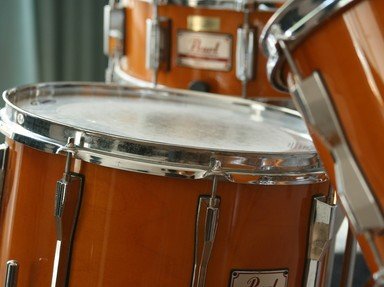Quiz Answer Key and Fun Facts
1. English handbells were originally brought to America in the mid-1800s by:
2. The English handbell evolved as an instrument to be used for practicing:
3. Modern handbells made by bell foundries such as Schulmerich, Malmark and White Chapel are cast of a bronze alloy comprised of:
4. Handbells are tuned and voiced as part of the casting process. The optimum strike point is found on the __________ of the bell.
5. This technique is achieved by laterally striking the bell on the padded table. A light touch is required in order to attain the unique sound and not damage the bell.
6. This handbell technique is used to approximate the undamped sound one hears in tower bell ringing.
7. This technique is used primarily in the higher treble bells and is closely related to 4 in-hand ringing.
8. Technically, handbells are considered to be "transposed instruments" (the written notation is indicated at a different place on the staff from where they actually sound). In which key are handbells notated?
9. Handbell music is traditionally presented to individual ringers in this form:
10. Various handbell techniques are used to achieve a ______________ sound. These techniques include plucking, martellato and use of mallets.
Source: Author
belle_a_cello
This quiz was reviewed by FunTrivia editor
Bruyere before going online.
Any errors found in FunTrivia content are routinely corrected through our feedback system.

